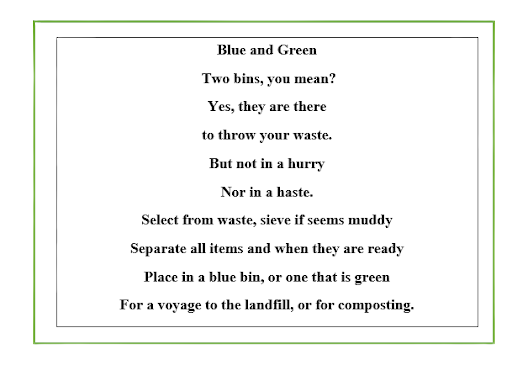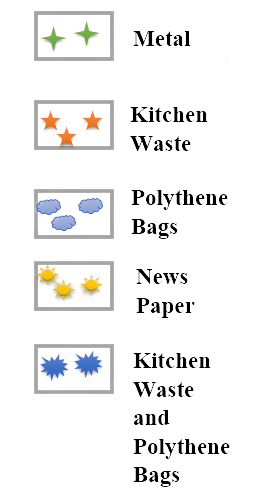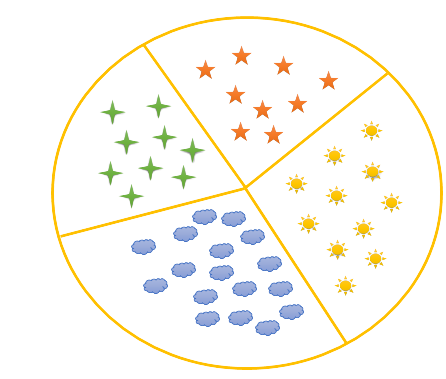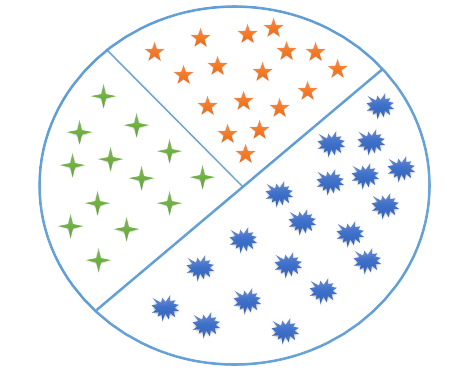Solutions for NCERT, Class 6 Science, Chapter 16, Garbage in, Garbage out are Now Available for a Free Download at Vedantu
FAQs on NCERT Exemplar for Class 6 Solutions, Science Solutions Chapter 16 Garbage in, Garbage out
1. How can I make sure that I have understood Class 6, Chapter 16 of the NCERT book, Garbage in, garbage out properly?
For making sure that you have understood the Science Chapter 16 of the Class 6 NCERT book, which is, Garbage in, garbage out, all you have to do is to solve the questions given in the Exemplar book. But before solving those questions you should first do a quick revision of the chapter. After solving all the questions given in the NCERT Exemplar for Class 6, Science subject Chapter 16, which is garbage in, garbage out, check your answers with that of solutions, which Vedantu provides.
2. How many questions are there in the NCERT Exemplar for Class 6, Science, Chapter 16?
There are many important questions given in the NCERT Exemplar Class 6, Chapter 16, Garbage in, garbage out, which are as under:
Question numbers 1 to 6 are multiple-choice based questions.
7,8, and 9 are very short answer type questions.
Questions 10,11, 12, and 13 are short answer type questions.
Question number 14, 15, 16, 17, 18, 19, 20, and 21 are the long answer type questions.
And the last question, which is question number 22, consists of 4 questions, which are to be answered in one or two words or a sentence.
3. Is it compulsory to solve all the questions of the NCERT exemplar for Class 6, Science, Chapter 16?
Well, we cannot say that it is compulsory to solve all the questions of the NCERT Exemplar for Chapter 16, Garbage in, garbage out of the Class 6 Science subject. But it is important to solve all the questions because practising more and more questions of the chapter will improve your understanding regarding the chapter and all the topics included in it. Hence the more questions you solve the better you get at Chapter 16, Garbage in, Garbage out. So, solving all the questions of the NCERT Exemplar is the only logical thing to do.
4. Where can I find the solutions for the Exemplar of Class 6, Science, Chapter 16, garbage in, Garbage out?
if you are looking for the solutions for Chapter 16 of Class 6, NCERT book Exemplar which is Garbage in, garbage out, then you have already arrived at the right place. Yes, at Vedantu we have complete solutions for all the 22 questions of the Exemplar for Chapter 16, Garbage in, garbage out of Class 6, Science subject. The solution is available for a free download to all the students in a pdf file format so that the students don’t have to face any problems at all.
5. Why should I trust the solutions provided by the Vedantu for the Exemplar of Class 6, Science Chapter 16?
The Class 6 students need to have the solutions for Chapter 16, Garbage in, Garbage out, perfect in all the manner possible, and for that the problems have to be solved by the expert teacher. And this is why students can always trust the solutions provided by the Vedantu because Vedantu has a team of expert teachers who have years of experience in teaching Science subjects to young learners. These expert teachers have solved all the problems of the exemplar for Class 6, Science Chapter 16 and have made it available to the students completely free of cost.




























